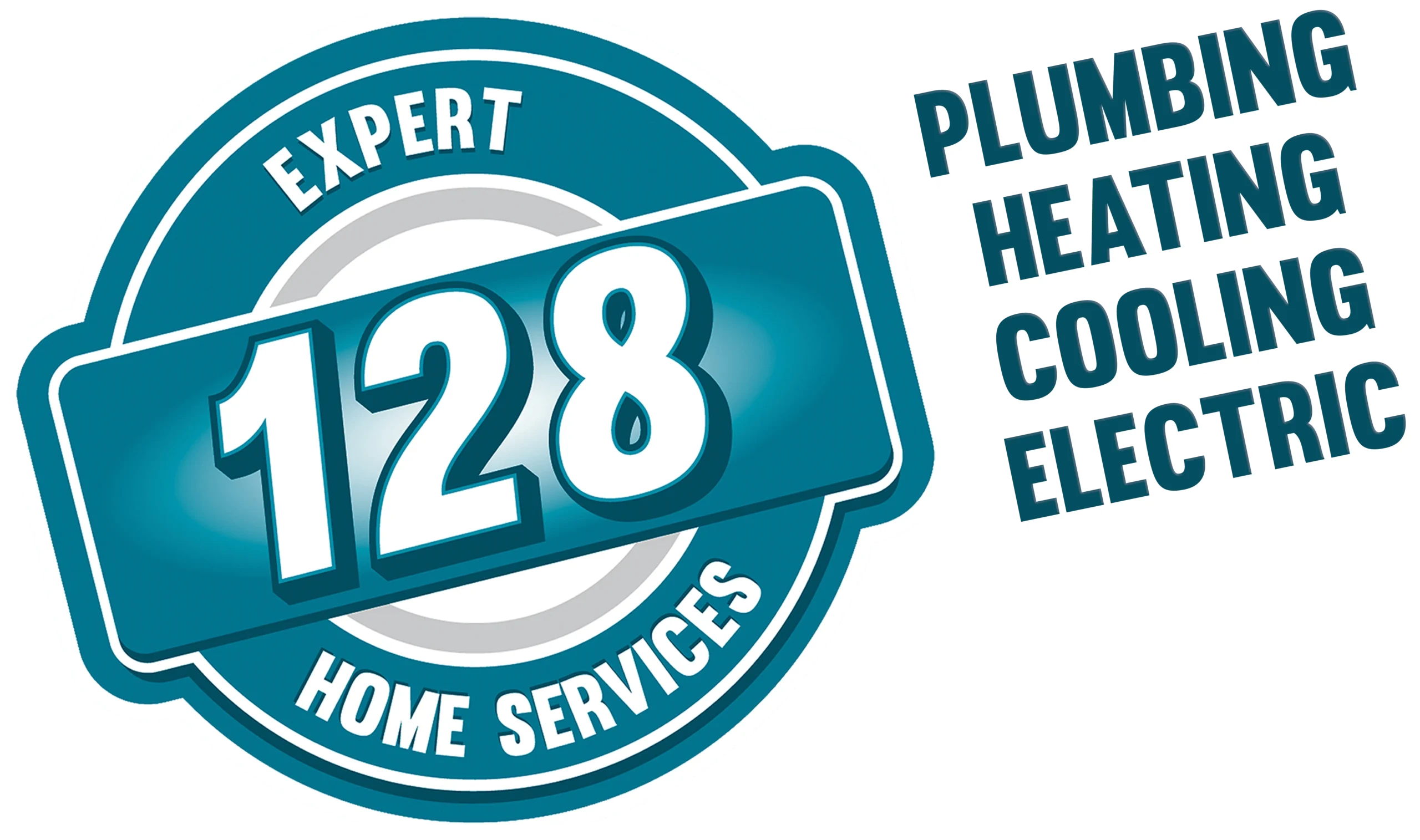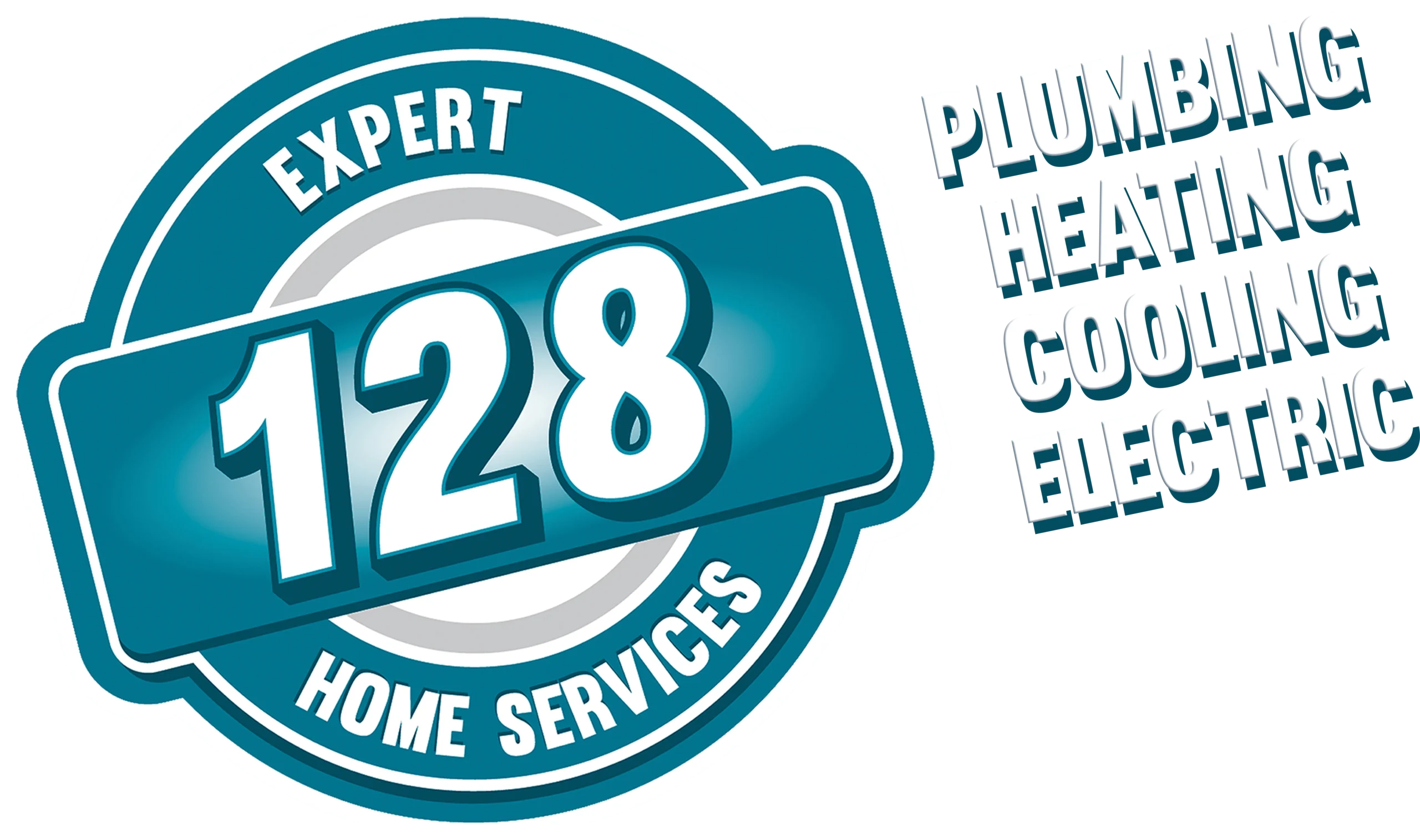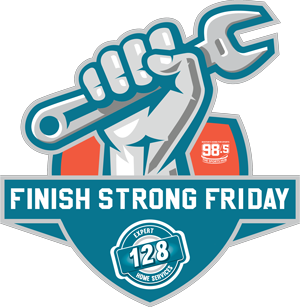Do you love your furnace? It’s a perfectly understandable crush to develop if you have a great older furnace that’s given you years of faithful, reliable service. It’s kept you warm for many years, and it’s probably saved you a ton of money through sheer longevity.
Sooner or later, thought, all great crushes have to face the music, and that’s especially true with an older furnace. If your furnace is, say, 20 years old, it may be time to consider a replacement.
But is that really the case? At 128 Plumbing we’ve maintained and repaired thousands of aging furnaces, so let’s take a look at what’s involved in the decision to replace or continue to maintain a 20-year old furnace.
How Safe is Your 20-Year Old Furnace?
Believe it or not, the first thing you need to consider when you think about whether or not to replace your 20-year old furnace is safety.
Why? As you may already know, an older furnace will start to perform less efficiently, and the primary impact of that will be in your wallet.
But that’s not all. Furnaces are hooked up to a power source, and whether you’re using electricity, propane, oil or natural gas, the integrity of that connection has to be 100 percent foolproof.
If it’s not, you can have all kinds of problems. Those can include shorts or overloads if the connection is electrical, and leaks if your source is propane, gas or oil.
Any malfunction in that connection is intrinsically dangerous. Electrical issues can cause house fires, gas or propane leaks can produce explosions. Oil leaks can compromise the safety of your home, not to mention costing you thousands of dollars in cleanup costs.
The Breakdown and Service Cost Factor in an Older Furnace
Older furnaces break down more frequently. That’s just a fact of life, so when it starts to happen it’s time to consider a replacement. These breakdowns become more costly to fix over time, and that can be a serious hit to your wallet when they occur.
Sadly, though, that’s not the only potential problem associated with breakdowns. It’s also a fact of life that parts become harder to get for older furnaces when they break down, and if that happens in the middle of the winter you’re looking at having to do a replacement with no preparation.
That means you’ll be paying serious money for emergency service, and if you’re cold calling furnace repair companies in frigid conditions, some will definitely be too busy with established customers to solve your problem and bail you out.
Finally, let’s talk about the convenience factor. Breakdowns are disruptive, and they’re costly on many different levels.
Having to get them serviced takes up your valuable time, which means your job performance can be compromised, and the health of both you and your loved ones can suffer if your furnace suddenly breaks down during a cold snap.
How Your Furnace Impacts Indoor Air Quality
It’s safe to say that nothing is more important than the air you breathe, and a 20-year old furnace can compromise that, too.
They have difficulty filtering the indoor air you breathe, which means you’ll be inhaling more pollutants and possibly compromising your health in the process.
An older furnace can also increase the moisture content in your indoor air, and this sometimes opens the door for a mold problem.
You may not see it right away, but it can hurt your health and exacerbate any existing medical conditions you may have, plus getting rid of it is an expensive, costly process.
The Efficiency Factor for Your Furnace
Now let’s turn our attention to the efficiency of your furnace. To do this, we’ll use a simple number called the AFUE rating.
How does AFUE work? It stands for Annualized Fuel Utilization Efficiency, and the evaluation process to produce this number was designed to make sure you get what you pay for when it comes to furnace performance.
Thankfully, it’s not as complicated as it sounds. The AFUE number of your furnace is simply a ratio of the percentage of heat produced by the boiler for every dollar you spend on fuel.
Most modern, mid-efficiency furnaces have an AFUE rating of about 85 percent, and some homeowners pay extra to get units with efficiency rating of 95 percent.
To compare and contrast, the AFUE for an older furnace drops from 20-22 percent, which means your 20-year old unit is going to be capable of 80 percent, tops.
There’s another factor to consider as well. The government mandates a minimum AFUE of at least 78 percent, so hanging on to your 20-year old furnace puts you at risk of falling below an established standard, which is never a good thing to do.
Other Cost Factors for Older Furnaces
Finally, let’s talk about money. Older furnaces will cost you more of it, and you may already know this if your energy bills are starting to surge or spike.
Your furnace will have to struggle to provide enough heat to match your thermostat setting, and in extreme cold it may not even be able to hit the number you choose.
The good news is that there’s no reason for any of this to happen there’s a simple solution to all the problems with your 20-year old furnace, and it’s 128 Plumbing.
The 128 Plumbing Furnace Solution
So what happens when you call us to replace your 20-year old furnace? To start, we’ll ask you about your home—the size, the layout and the brand of your existing furnace, for starters.
We can also get you started on the process of choosing a new furnace. At 128 Plumbing, we’ve worked with just about every brand of furnace, so we can pinpoint what you need, consider your cost issues, and help you get an efficient, reliable furnace that will perform reliably for years to come.
We can also help you with any cost issues, too. We know furnace costs at all levels, so we know which furnace companies are reliable and which ones have a dodgy reputation.
We also know all about the saving programs offered through Mass Save, and between that and the maintenance and service programs we can put you on, you’ll save a ton of money.
To get started, though, you do need to call us. The numbers are (888) 419-4233, or you can use (781) 670-3261. We’ll answer your questions and schedule you for a visit.
You can also go to 128Plumbing.com and start a live chat, and we have some great blogs and articles there to help educate you about your furnace, how it works, and what you need to do to keep it running at peak efficiency.


